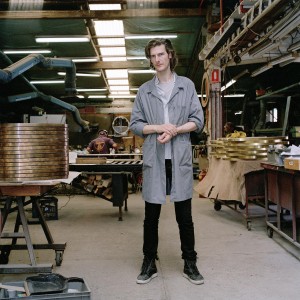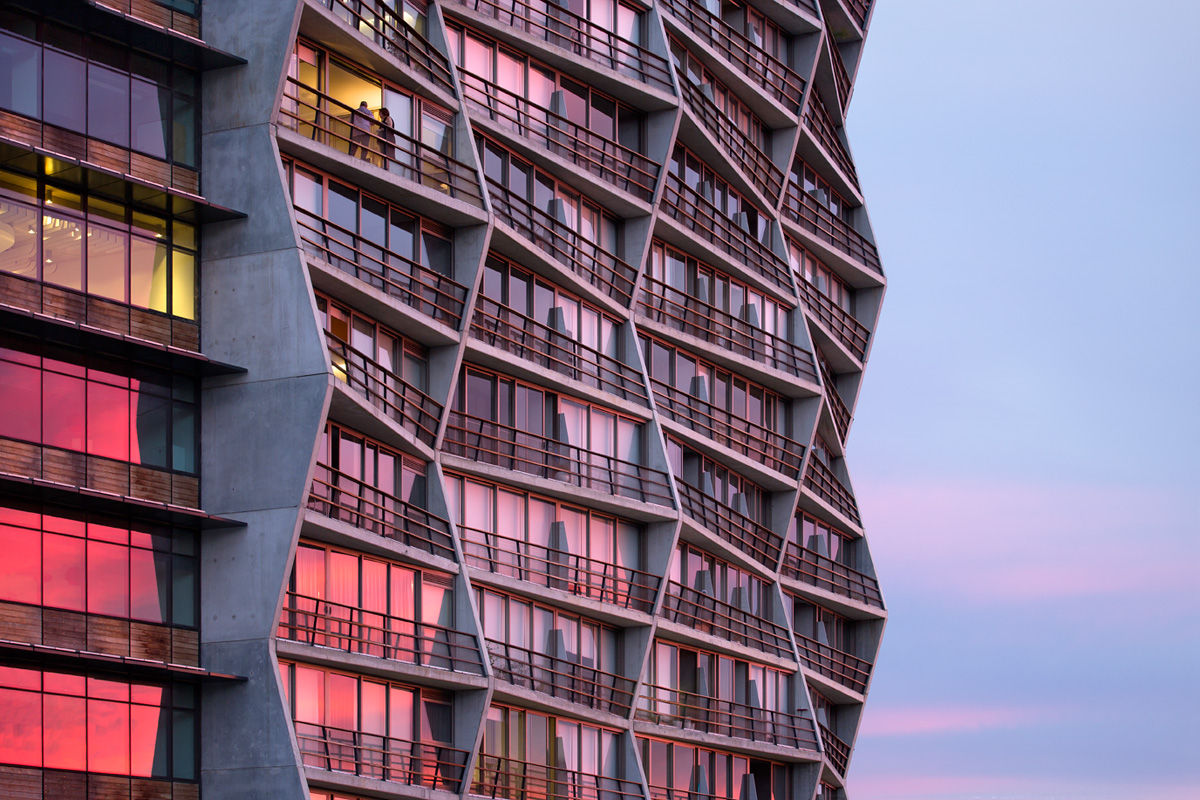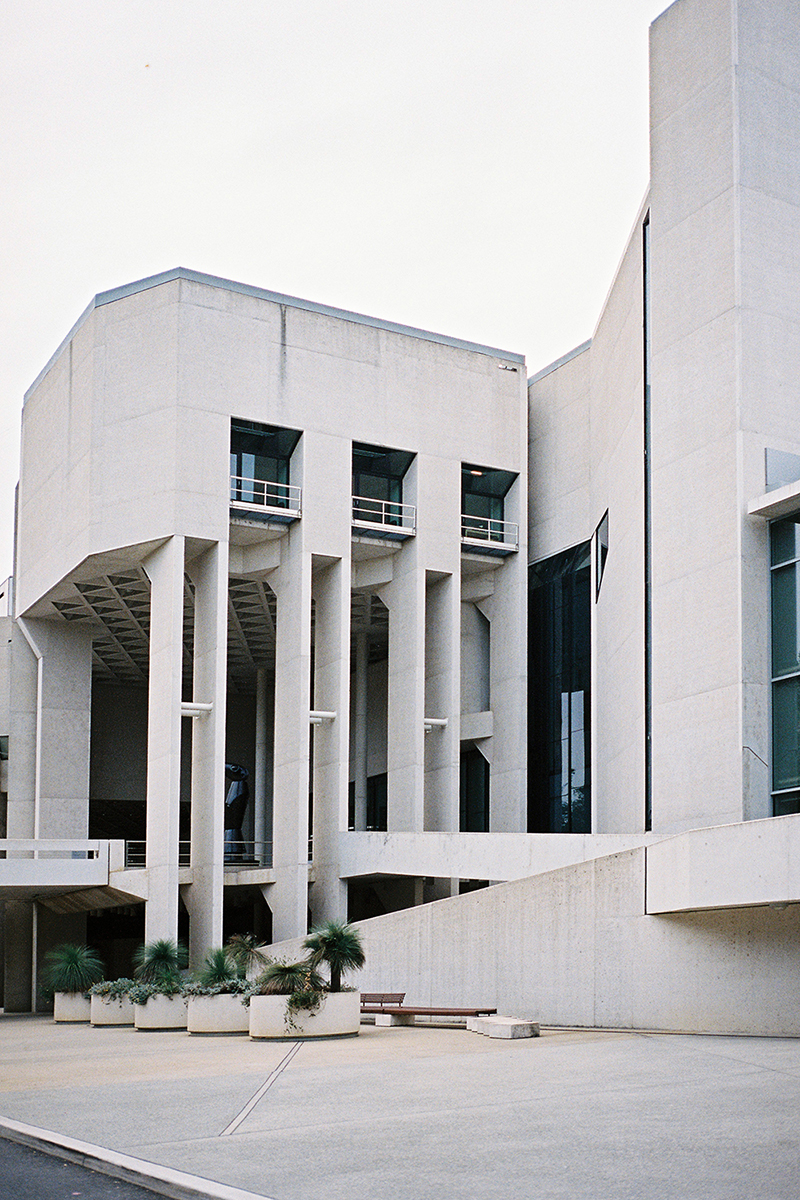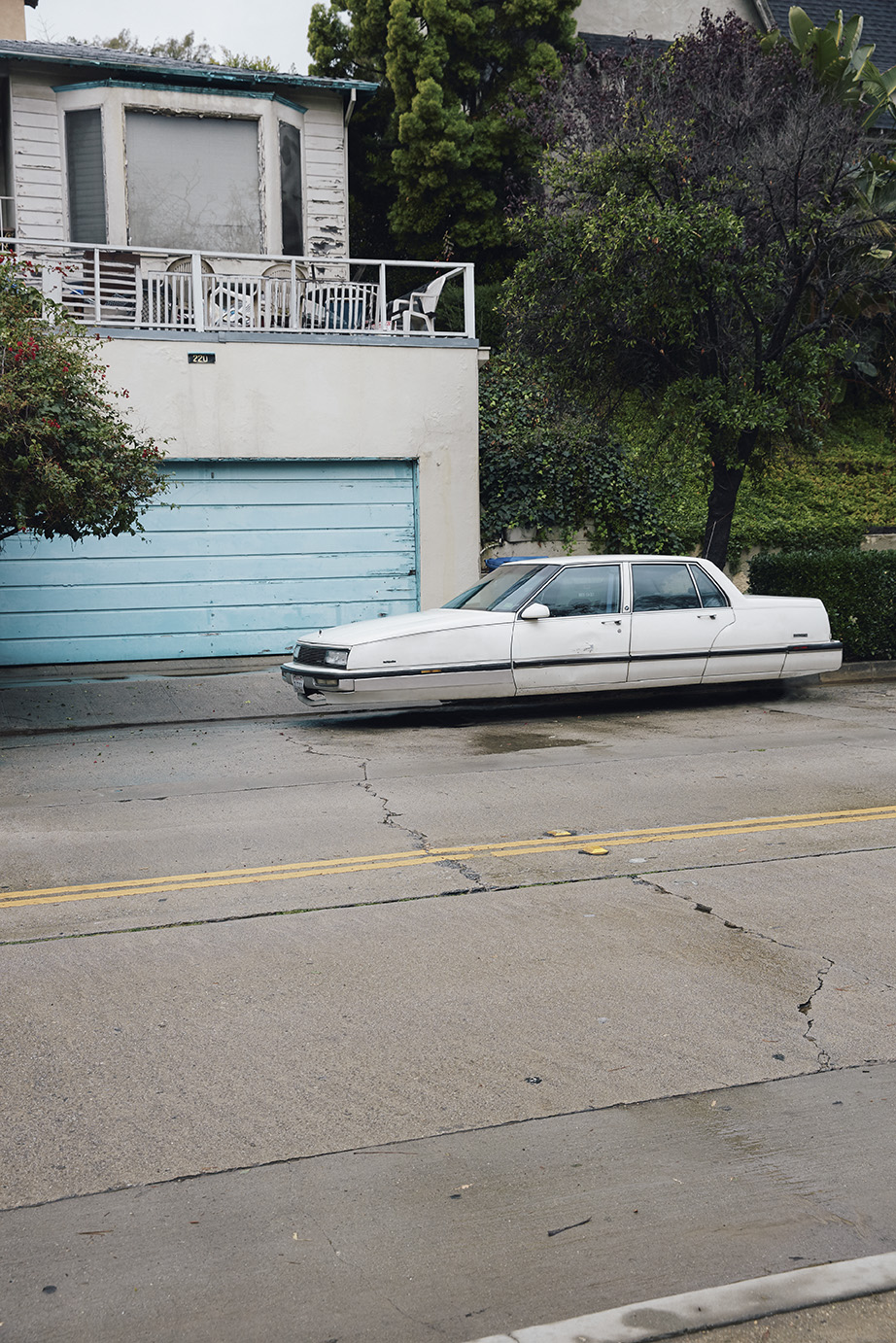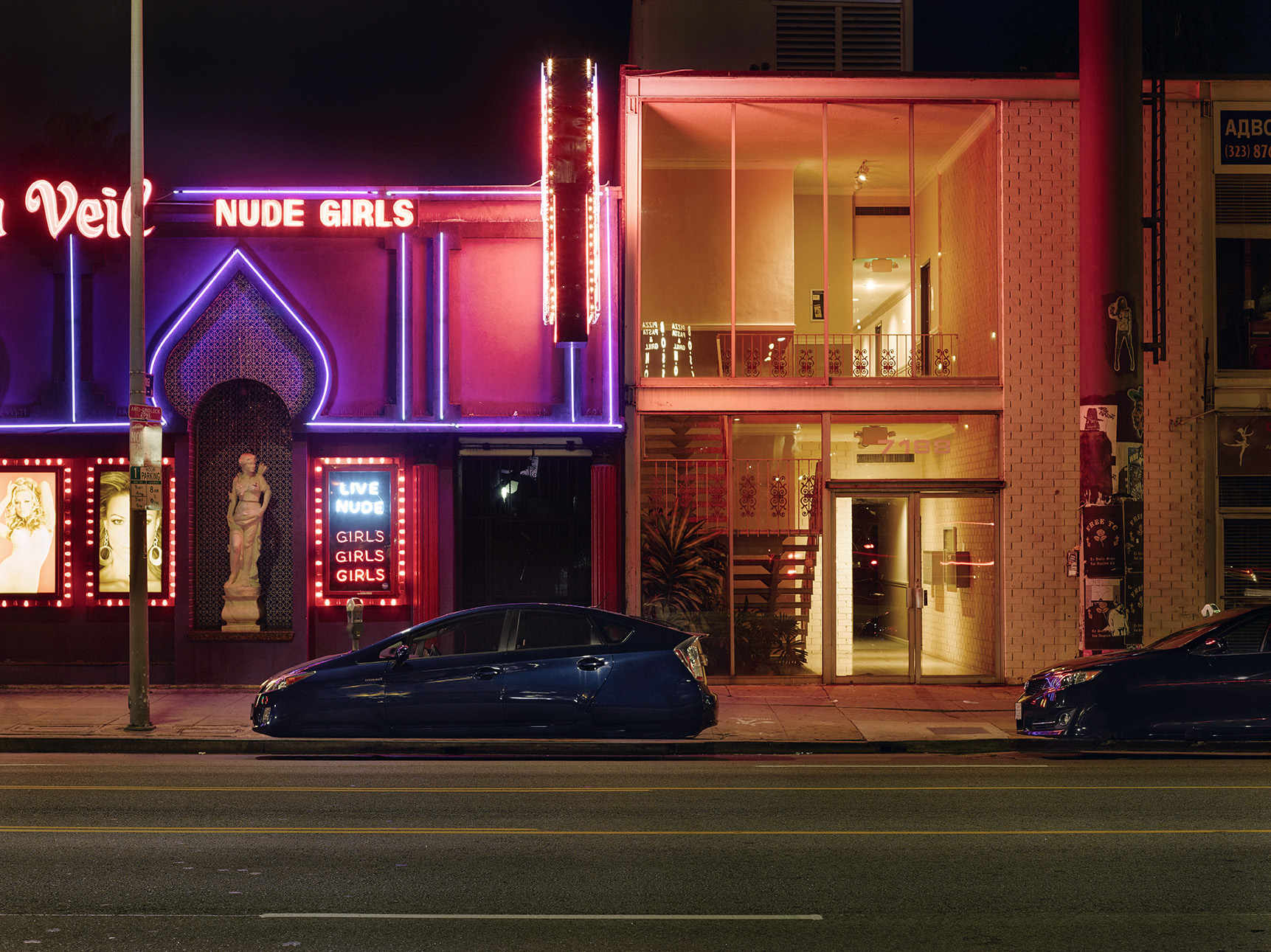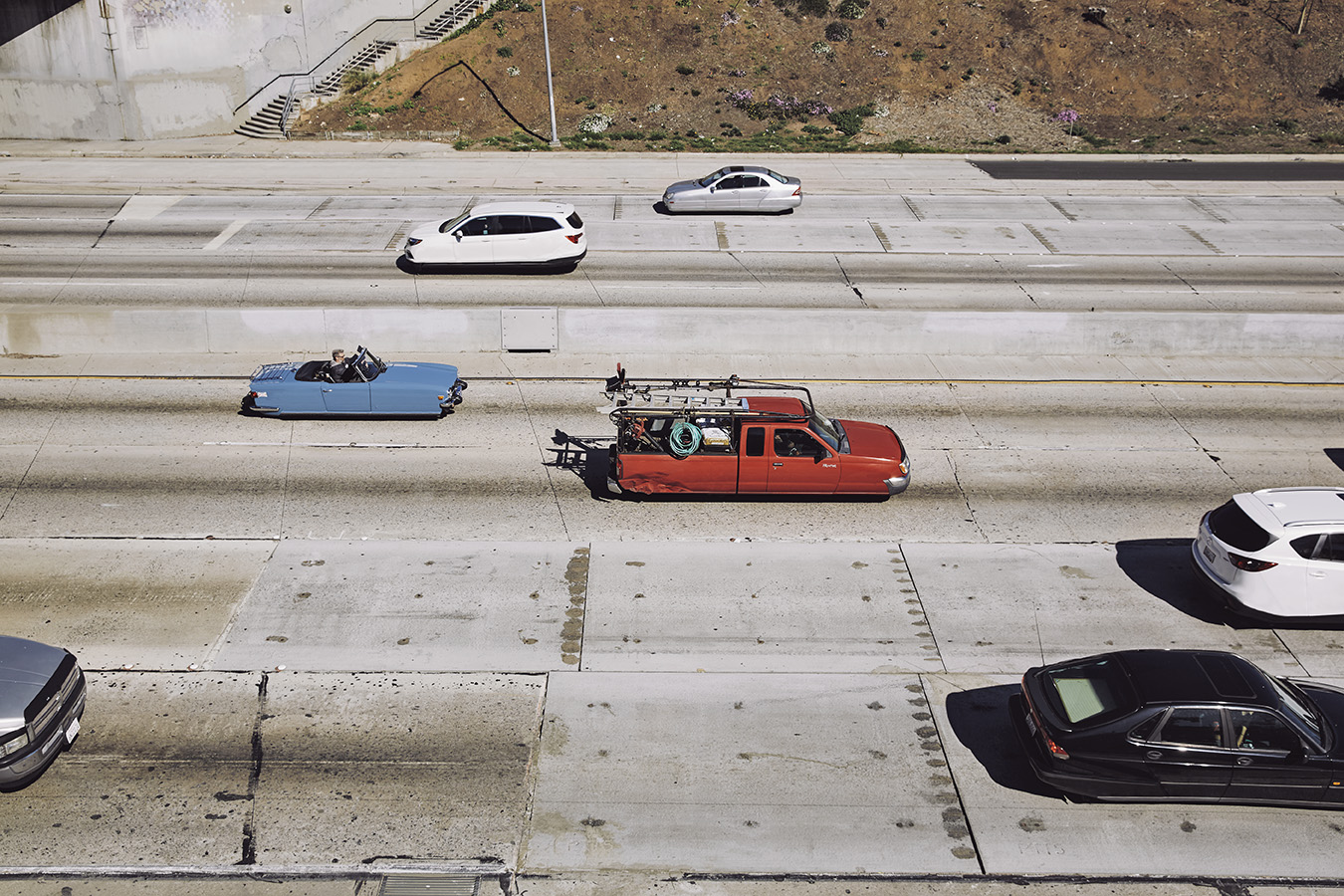What matters?
What matters is the need to democratise architecture so it forms part of a continuous urban landscape as one dynamic flow of nature and people, indiscriminate and open, restoring the deep human experience found in the natural environment. By liberating architecture from economics, analytic geometry and cultural prejudices we can begin to create spaces defined by the people in them, not by those who create them.
We don’t want to be stratified into functional units, cocooned in iterative spaces driven by the bottom line. We desire our inner spaces to be connected to the broader urban context, to feel a belonging to the city and its rhythm, yet have the ability to find intimacy in its nooks and crannies that fluid architecture manifests. While architecture is inherently the force that resists or interrupts the natural environment, it should inevitably embrace it, so its edges dissolve forming a natural urban tapestry.
Architecture should create the encounter, not eliminate it. The broad spectrum of emotional engagement we achieve in our natural environment, of awe, excitement, fear, hope and discovery should persist in our planned spaces. To achieve this connectedness requires focus on the negative space, the space that surrounds and penetrates a building. It is through these umbilical connections, doorways, windows, foyers, skylights that offer the opportunity of encounter and surprise. These thin membranes provide an active interface which allow us to modulate the permeability of the building and our experience.
Architecture cannot be understood in isolation of the city. Buildings as freestanding monuments are no more than mausoleums. Architecture must liberate us from our hermetically sealed captivity and create an organic urbanity that enhances our experiences in complex ways, celebrating and challenging our sensory curiosity. This urban fabric is the canvas for our human experience.
Design with a social sensibility will emancipate us from the captive banality and post-industrial class structure we toil in every day. Spaces that yield a social diversity create interest and serendipitous encounters that stoke productivity and innovation. The architect has the power to create behavioural cues to activate a space, but it is the plurality of its occupants that generates a multiplicity of outcomes and engagements.
The vision of architecture should not be unequivocally resolved, but rather should be developed through a messy collaborative process that evolves to a resolution. The process of trial and error, iteration and mistakes, allows design to unfold in ways we could never have comprehended. The there and back again approach which underlies messy processes reveals a pathway of agitative discovery that is at the centre of democratic architecture and design.
Written by Nikos Kalogeropoulos for “Architecture: What Matters?” presented by Sibling at the NGV.
